Choosing Heating Systems: Radiators or Underfloor Heating?
From design considerations through to energy efficiency, running costs and other practical concerns, there’s a lot to weigh up when choosing between underfloor heating systems (UFH) and radiators.
Radiators are the traditional option when it comes to heating and, some may find it hard to imagine a home without the classic radiator. These products are a longstanding favourite, and the market now offers an array of contemporary appliances that can perform well within an energy efficient central heating system.
Alternatively, turning your floor into a giant, low-temperature emitter through a water-based underfloor heating system is a popular and more efficient choice for many self builders and renovators.
Whichever heating method you opt for, choose a low flow temperature heating system and you’ll create a home with a comfortable and regulated indoor climate, alongside bringing down your household’s energy spending.
So, if you’re deciding between radiators and underfloor heating, or wish to combine the two but aren’t sure how to do so, read on to find out how these heating systems compare so you can determine the best option for your self build project.
What are Underfloor Heating Systems and How Do they Work?
Underfloor heating systems work by pumping a controlled flow of warm water through tubing embedded underneath your top layer of flooring, whether that be wood or tile.
“The system is therefore heating an entire room evenly, which is more efficient than traditional radiators, where heat can be lost by the hot air rising in only one area,” says Luciana Kola from Uponor UK.
UFH’s low flow temperatures also marry up perfectly with renewable energy sources, such as heat pumps. “Typically, it will be approximately 10-20% more efficient than radiators,” says Matt Densham from Robbens Systems. Most of that saving comes down to the lower temperatures the UFH needs to work effectively.
Standard boilers also achieve a 5% performance boost with UFH compared to radiators, helping to ensure lower energy bills.
Read More: 12 Ways to Save on Home Energy Bills
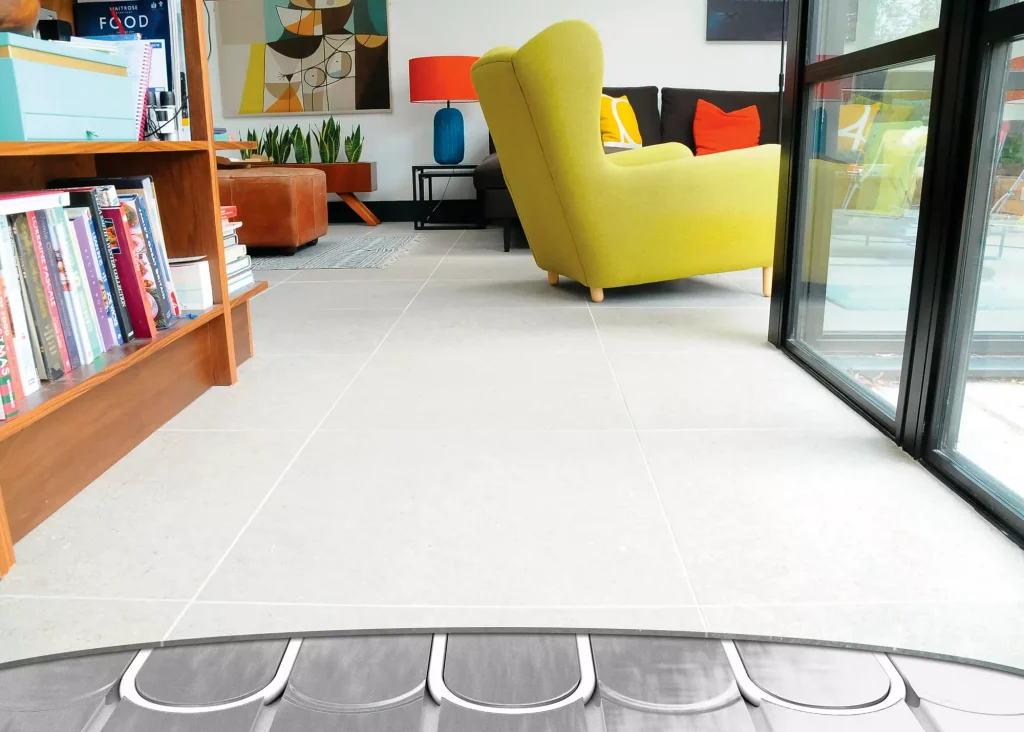
The Wundatherm system from Wunda Group is based on insulated aluminium heating boards, with specifications available to suit a range of floor coverings and smart thermostats for ease of use
Water-based underfloor heating is generally set to a backstop temperature of around 16ºC when it’s not required – such as overnight or while you’re out of the house.
This provides better response times than when switching the setup off completely, as it takes less energy to raise the temperature of the pre-warmed water to the desired level. They will also provide gentle all-over warmth, preventing the hot and cold spots you get with radiators.
System capacity is principally controlled by the pipe spacing and flow rate – so the design will look to optimise both to give you the most efficient results.
The pipework is usually laid in screed, which could be traditional sand-and-cement or a modern self-levelling liquid version.
You’ll need a good-quality insulation layer beneath the UFH to ensure optimum performance and avoid heat escaping downwards. The manifold is the business end of the installation, delivering the exact mix of hot and cold water to achieve the desired temperature.
Each zone you heat will have its own pipe run so that it can be individually controlled by the relevant room thermostat. “Because it runs back to the manifold in a single loop, there are no joins in the floor, which ensures no leaks,” says Matt.
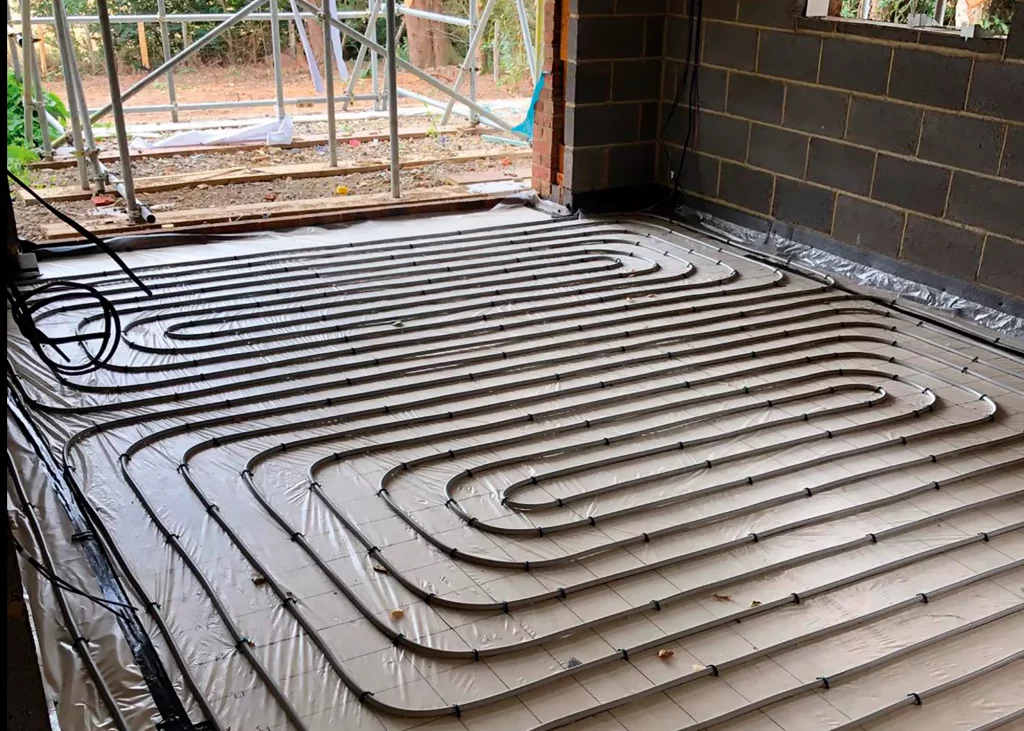
Robbens Systems’ UFH pipework laid as part of a new build project, ready for screeding. Special pipe clips are used to hold the tubing in place on the insulation (which itself sits on a damp proof membrane)
The manifold is usually located in a utility room or the cupboard under the stairs. In most cases, the UFH will be installed with the manufacturer’s smart thermostat. Once that’s set up correctly, you shouldn’t need to touch it again.
Alternatively, you could integrate the UFH into a whole-house smart home setup so that it works intelligently alongside other tech.
Thinking about Upgrading your Home? Read Build It’s complete guide to Smart Home Technology – Choosing the Best Tech for Your Property
What Should I Consider When Choosing Radiators?
Radiators work by using a flow of hot water through their contained system to heat up the surrounding air. Whether you’re looking to upgrade your radiators or are fitting them as part of a self build project, there’s huge variety of options available that can perform different functions in their respective room. For instance, vertical radiators for small wall spaces, thinner designs to sit beneath low windows, bathroom towel racks, and so on.
Not only do they heat up your home, but they can also add a lot to the design and aesthetic of your interior scheme. And while this is great, choosing a high-performance or correctly sized and placed system can also help to improve energy efficiency of your home.
It is important to make sure the radiator size is right for the room to avoid any space heating mishaps. If the room is too large or the radiator too small, the system may become ineffective and end up not offering much heat to the room, which will be a waste of energy.
On the other hand, if the radiator size for the room is too large, the amount of energy needed to heat the whole space will surpass that required, overusing and overspending.
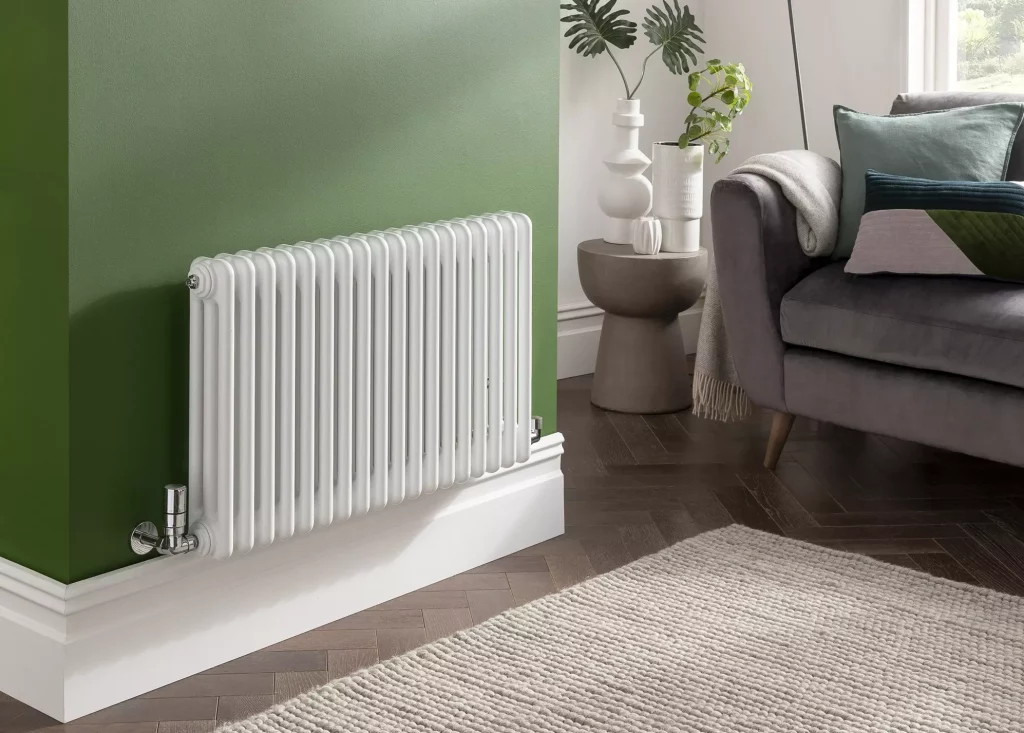
Available from The Radiator Company, The Ancona Stock is a steel emitter that comes in a variety of contemporary and classic styles to suit your interior
Aluminium products can deliver best-in-class efficiency. This metal is an excellent conductor of heat, so less energy is required to get them up to temperature – they usually use less water, too.
Other radiator materials include stainless steel, cast iron and mild steel, making up a collection of highly conductive materials that will help heat your home effectively.
Each material comes with its pros and cons in both price and performance. For example, mild steel is perhaps the most popular due to its inexpensive price point and the fact it can be easily moulded into different shapes. However, in the face of wear and tear this material falls short, being prone to rusting fairly quickly.
On the other hand, stainless steel models may be a little more pricey, but are extremely durable and remain warm four hours after being turned off. This helps to maximise their heating performance and creates a cosier home without the high energy bills. So, despite being the more expensive option, systems such as these can prove a worthy investment.
With regards to maintenance, your radiators will require attention to keep up to performance standards. Flush it to remove any build-up of sludge that sinks to the bottom of the radiator, and bleed units to remove any trapped air that may be impeding efficiency.
Planning your home heating upgrade and looking for products and companies? Browse Build It’s Directory of suppliers
Where do Radiators and Underfloor Heating Systems Work Best?
Many self builders opt for underfloor heating systems on the ground floor, as this is where they will usually spend most of the day and so can make the most of having a heated floor. Radiators will often get installed upstairs, seeing it as a more practical and budget-friendly option with the potential for faster response times in lesser-used and smaller rooms.
Underfloor heating is great for use in large rooms – so it’s ideal for open-plan spaces. On the other hand, radiators ideally need to be installed every four metres to work effectively, so operate better in smaller spaces such as a bedroom or bathrooms to help towels and water residue to dry quicker.
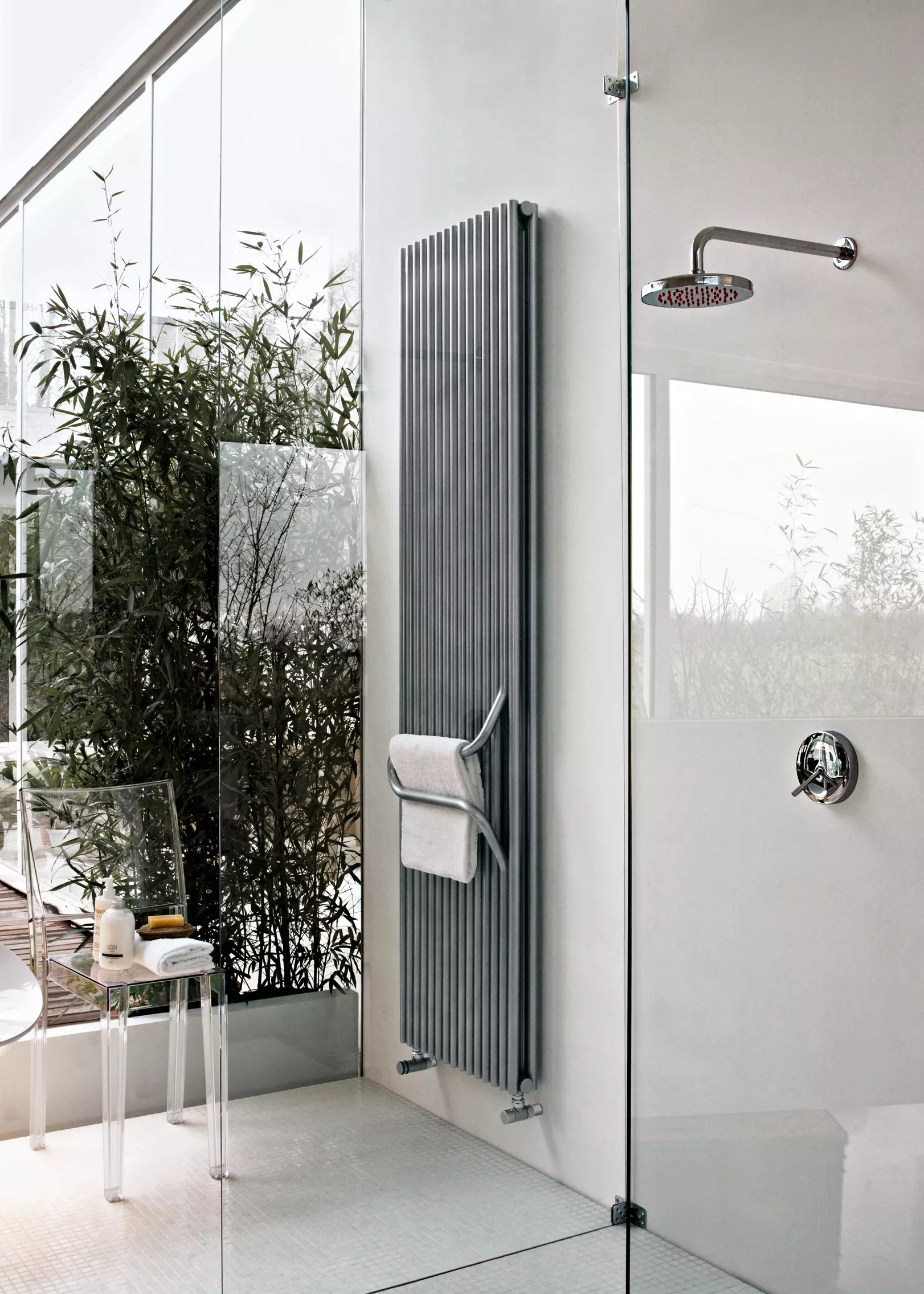
The Arkos steel radiator from The Radiator Centre is the result of research into new formal and functional designs. It’s available in a range of colours and sizes, and includes a bar that works perfectly as a towel rail
It’s also possible to create a hybrid setup, with radiators in some areas and UFH in new extensions or main living areas.
“This allows the homeowner to enjoy the benefits of underfloor heating in any room they choose without having to change the heating solutions used throughout the remainder of the home,” says Andy Coy, UFH manager at Polypipe.
Learn More: The Best Ways to Heat a Home Extension: Central Heating Options
When Should I Install Radiators and Underfloor Heating?
If you’re self-building, UFH is simple to fit as it can be installed as the fabric of the house is being constructed. UFH tends to be installed early in the build process as part of the first fix work.
With radiators, the infrastructure can go in during construction, but the emitters can’t be fitted until the basic decorating has been completed.
If renovating, the choice between UFH and radiators will depend on the scale of the renovation. If the boiler is being upgraded along with the whole heating network, then it’s worth considering a retrofit UFH system.
What Should I Consider When Deciding on a Heating System?
|
Which is More Efficient: Radiators or Underfloor Heating?
Underfloor Heating
UFH can be extremely eco-friendly and affordable to run if it’s installed properly and partnered with the correct flooring material so it can conduct heat. Stone, ceramic, engineered timber or vinyl flooring are best, but always check with your supplier before buying.
Wet UFH can be around 25% more efficient than radiators when paired with a modern condensing boiler; and up to 40% more effective when running from a heat pump.
It also tends to work out cheaper to run than electric UFH products, with Nu-Heat suggesting a room size of 10m2 would cost £224 per annum to heat using electric UFH, whereas a wet system would only cost £61 per year.
Read More: Complete Guide to Flooring for your Home
CLOSER LOOK James and Corina Barrett’s efficient underfloor heating systemJames and Corina Barrett were keen to make their modern self-build in South Oxfordshire as energy efficient and low cost to run as possible. So when considering the best heating setup for their new home, they opted for underfloor heating (UFH) from Nu-Heat with a total of 221.8m2 of high heat-output, pumped liquid screed UFH installed in the house.
Nu-Heat was an easy choice for James. As owner of property development and house building company Ashbrook Homes, he has used the brand in other projects: “I have always found the company to be well-priced, prompt and helpful in the design stage,” he says. “Above all, they offer a great product.”
As well as negating the need for radiators, the Nu-Heat UFH system offsets the high heat losses of the mainly glazed new-build, and links up easily with the couple’s home automation system. |
Radiators
While underfloor heating systems are frequently the more efficient option, that’s not to say a well-planned radiator setup can’t be efficient, too. However, it’s essential to properly calculate the heat loss of the room (as with UFH) and then find the right sized emitter.
The output is measured in BTUs (British Thermal Units) or wattage. There are plenty of online calculators that give a good basic guide to the right output for each room.
Factors such as insulation levels, what type of window glazing you have and how your home’s walls are constructed will all impact on the final score, however, so it’s always best to ask your plumber for advice.
The location of a radiator will affect its performance, too. “Wherever you choose to place your emitter, try not to position it behind large items of furniture as doing so will restrict the flow of hot air around the room,” says Nick Baylis, director of Castrads. “Keep the immediate area surrounding the radiator as open as possible to allow the heat to permeate the space efficiently.”
Read More: Calculate Your British Thermal Units amount
Can I Retrofit Underfloor Heating and Radiators?
Underfloor Heating
There are two types of underfloor heating to choose from – wet UFH and dry UFH. The former connects to your central heating system (powered by a boiler or renewable alternative) and warm water streams through piping laid beneath the floor, often set in screed.
Dry UFH runs off domestic electricity, with electric coils placed under the surface. The advantage of this is that the wiring is quite thin and simple to fit.
Installing wet UFH can be a more complex process, as it requires more space for pipework. Plumbing connections and tests will need to be carried out and the floor must be properly prepared and insulated to ensure the system works efficiently.
There needs to be enough room to accommodate this and the piping, so you might have to elevate the floor level, especially if it’s being retrofitted into an existing space. Because of this, it’s easier to install wet underfloor heating in a new build as these adjustments can be planned from the start.
However, there are now a lot of low-profile systems available to enable easier installation of wet UFH. Using thin pipework, special screeds or thin overlay boards, these reduce floor height build-up and won’t disturb other fittings as much.
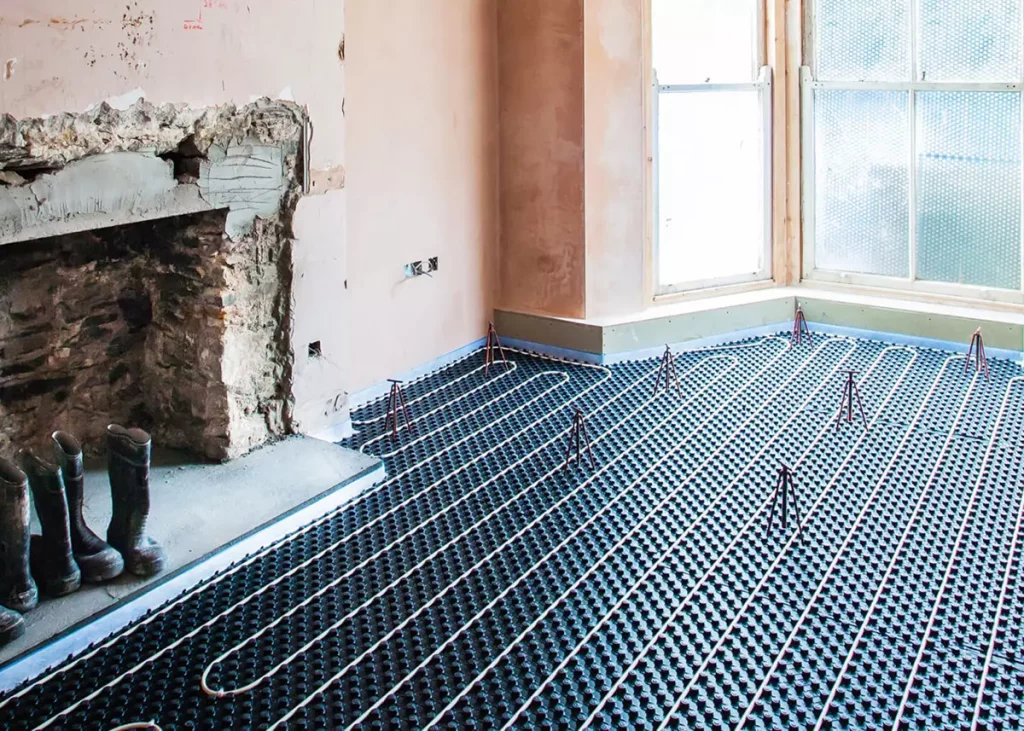
Nu-Heat’s LoPro 10 or Polypipe’s Overlay heating system which measures just 18mm in depth
Radiators
If you’re renovating an old property and updating the radiators, it might be necessary to plan for a new boiler and possibly upgrade the pipework.
You’ll need a qualified heating professional (such as a Gas Safe registered engineer if you are on gas, or OFTEC approved for oil) to do the installation for you. This will involve working with them to choose a suitable boiler, and maybe cold water tank, radiators and suitable controls for the system.
Alternative Heat EmittersIf you’re looking for different ways of heating your self build other than radiators or underfloor heating, take a look at these options:
|
Read More: What Heating Should I Install In My Self Build House?
Cost Guide: Underfloor Heating Systems Vs Radiators
Underfloor heating
The price of underfloor heating systems can depend on a range of factors. For instance: Who’s designing the setup? Who’s going to be installing it? Are you planning to specify a standard screeded solution, or does your project require a low-profile product to minimise floor build-up?
A bespoke-designed system from a specialist company might start from around £40-£60 per m2 installed (excluding the screed), although that can rise over the £100 per m2 mark on smaller projects.
Budget more for installation in existing houses, too. “UFH is very cost effective in a new build and becomes more expensive in a retrofit,” says Matt Densham from Robbens Systems.
“Beware of cheap UFH components, too, especially the pipework. A good-quality product should be designed to last 50+ years and come with insurance-backed guarantees.”
The cost of underfloor heating in a renovation is usually higher, because there are more materials needed. In an average Victorian terrace with a downstairs floor area of around 60m2, for instance, a bespoke LoPro10 system from Nu-Heat, as mentioned earlier, would come in somewhere in the region of £4,500.
Radiators
Radiators can vary in price depending on the size and the design. Standard double panel radiators start from around £50, whereas designer models can cost anything from £200 upwards.
These heating systems can make a significant aesthetic impact on your home, so it may be worth investing in something that matches your scheme and that could perform better too in the room you’re placing it in.
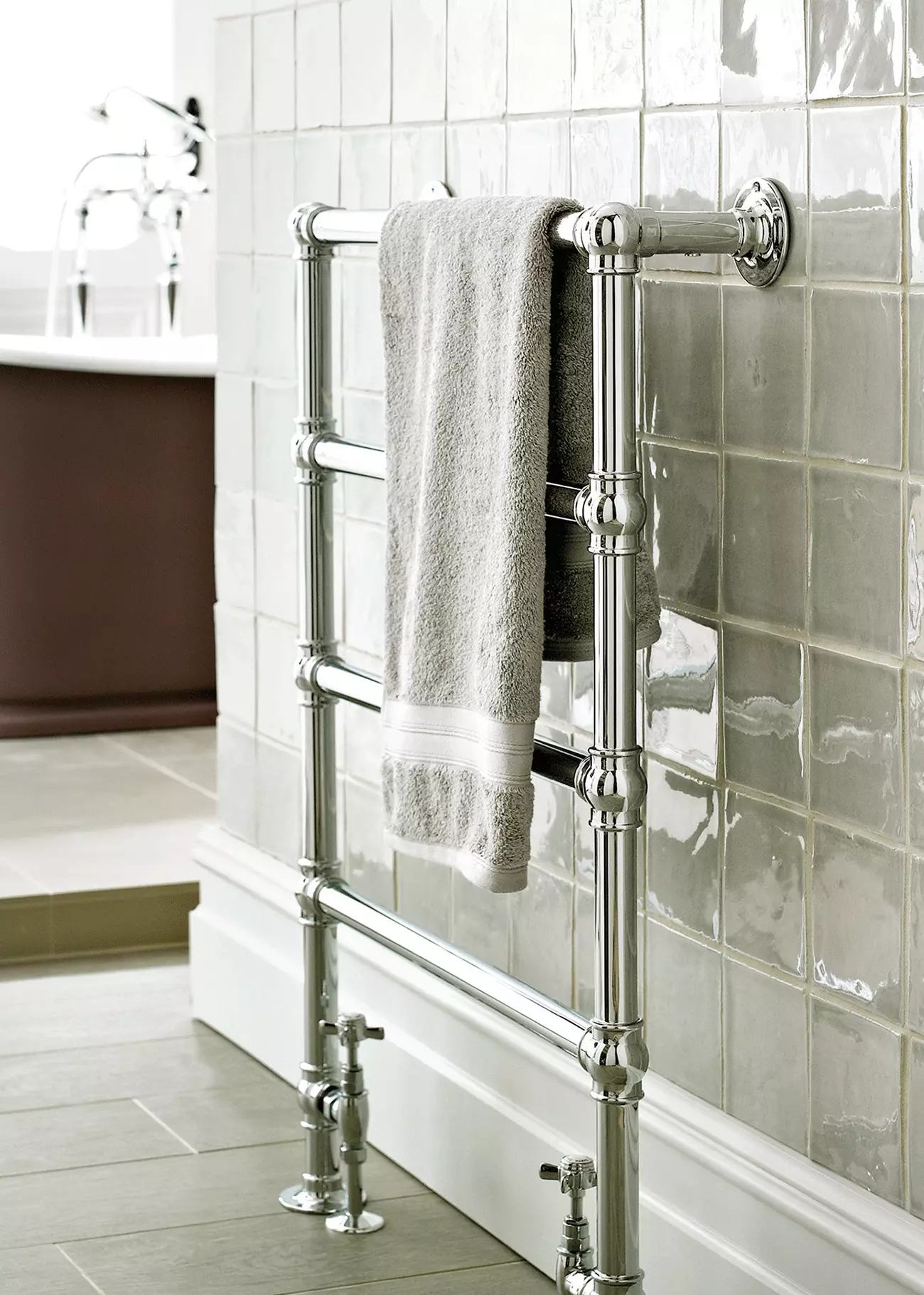
The Flow Heated Towel Rail from Fired Earth makes a traditional statement and functional bathroom addition, keeping towels and the surrounding space warm. Prices for this product start at £1,286.40
Some radiator suppliers will offer premium services such as colour matching to make sure its design is included in the overall scheme of your home. It’s worth taking the radiator’s shape into consideration, too. Flat panel radiators will fit seamlessly along walls without individual pipes breaking your eyeline, creating a sleek look.
Again, you will need to factor in installation costs. Heating engineers typically charge around £40 per hour.
More Inspiration: The Best Designer Radiators to Keep Warm During Winter
Featured Image: Schlüter Underfloor Heating System
This article was originally published in November 2019 and updated in December 2022
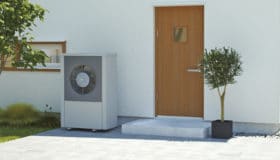


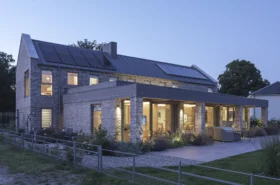

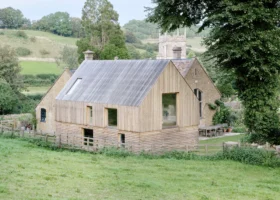
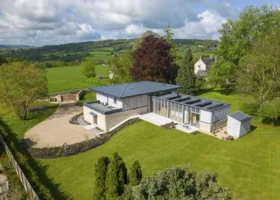
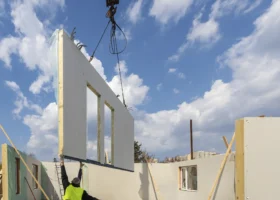


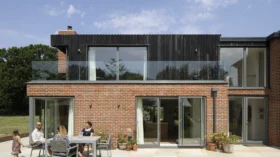





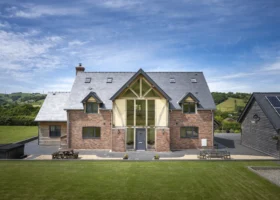

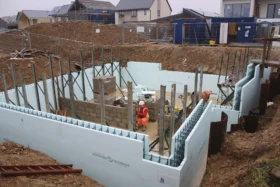

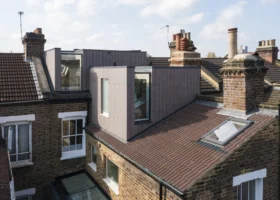
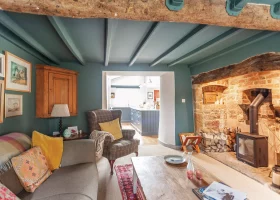




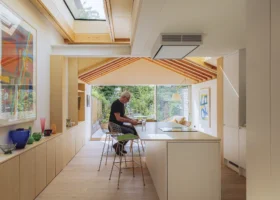
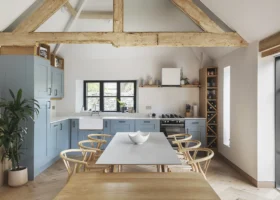

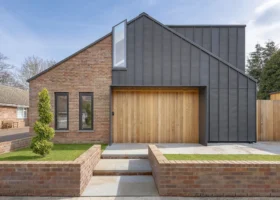



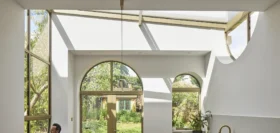
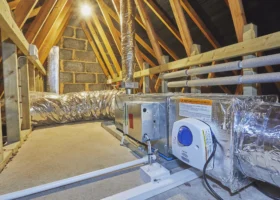
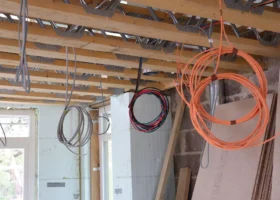
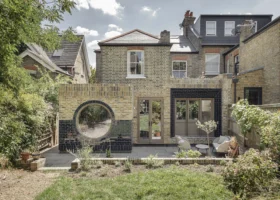
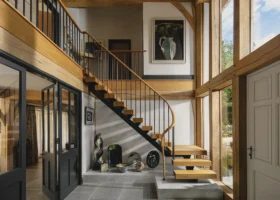
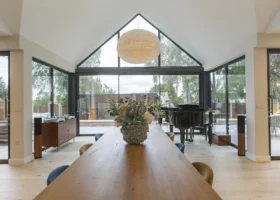
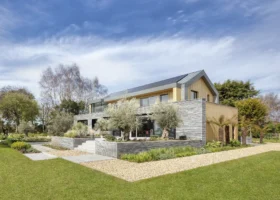
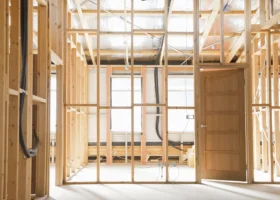
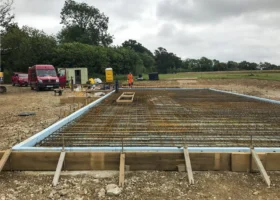


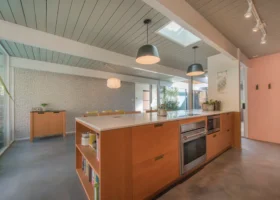

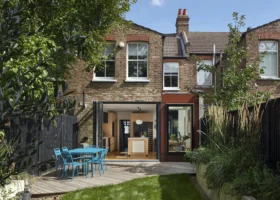


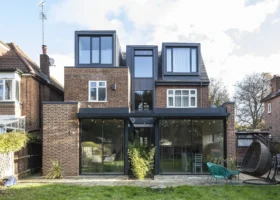
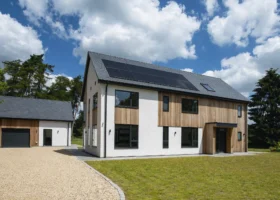
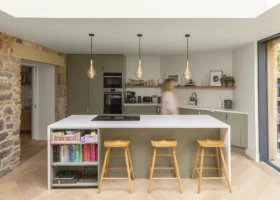
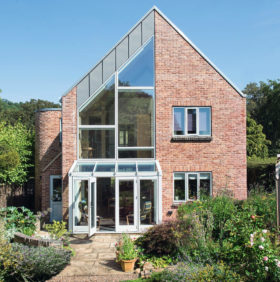




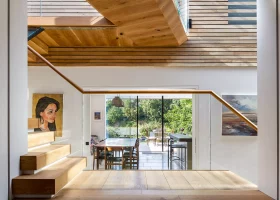
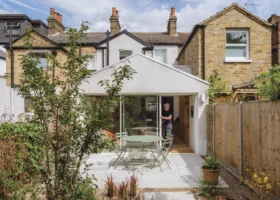

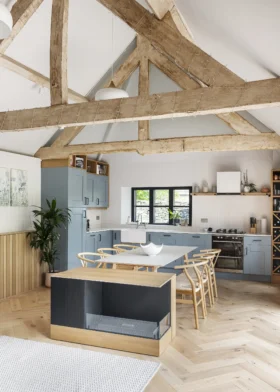




















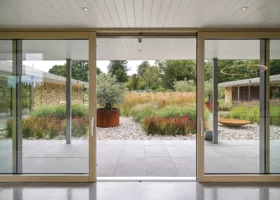














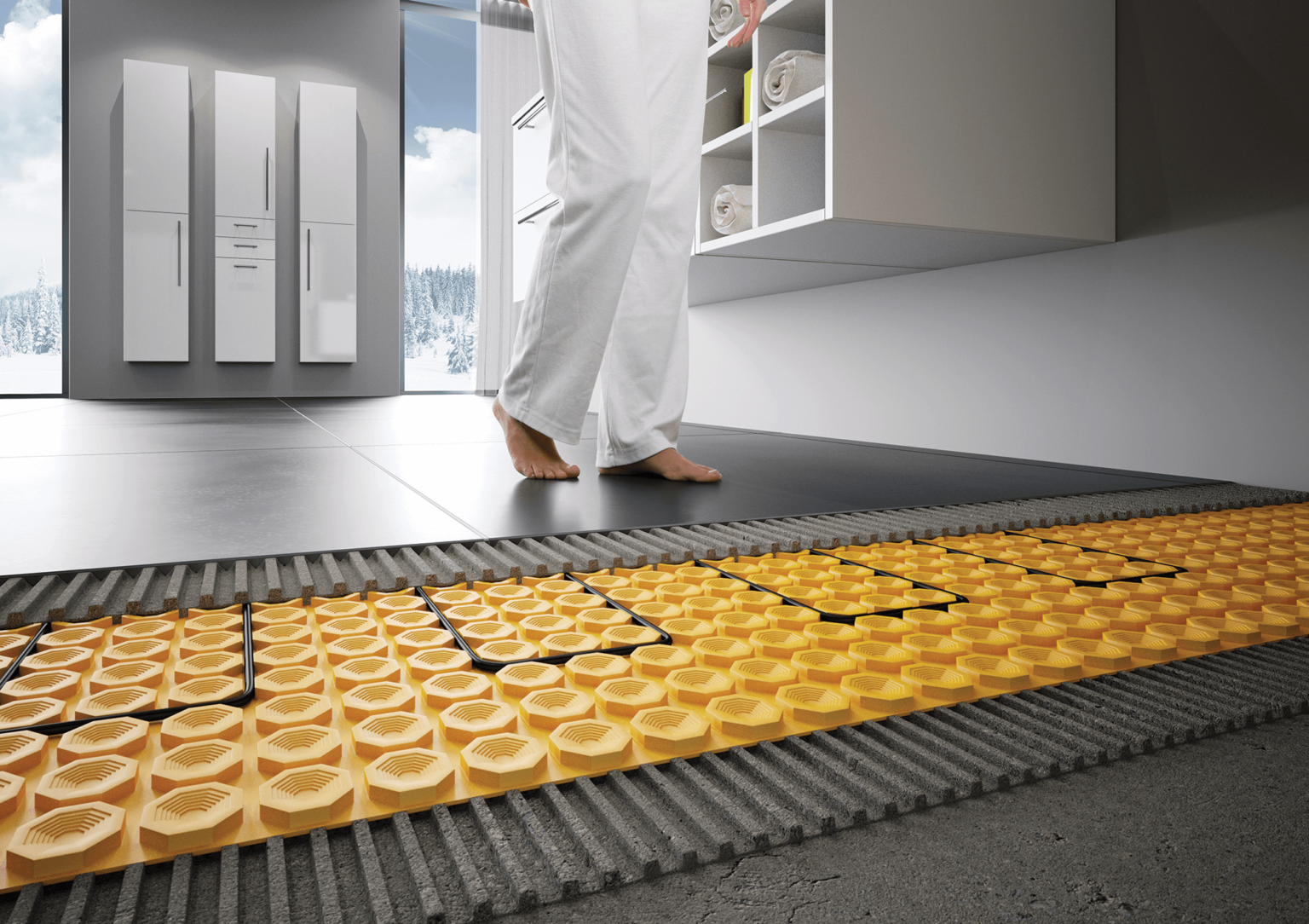
 Login/register to save Article for later
Login/register to save Article for later

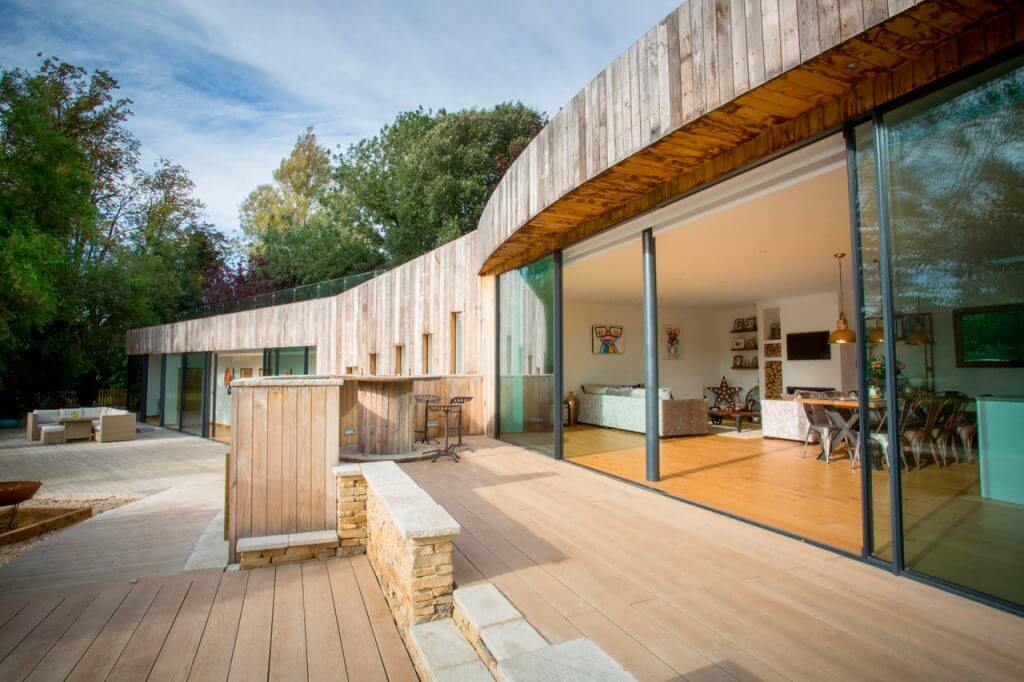
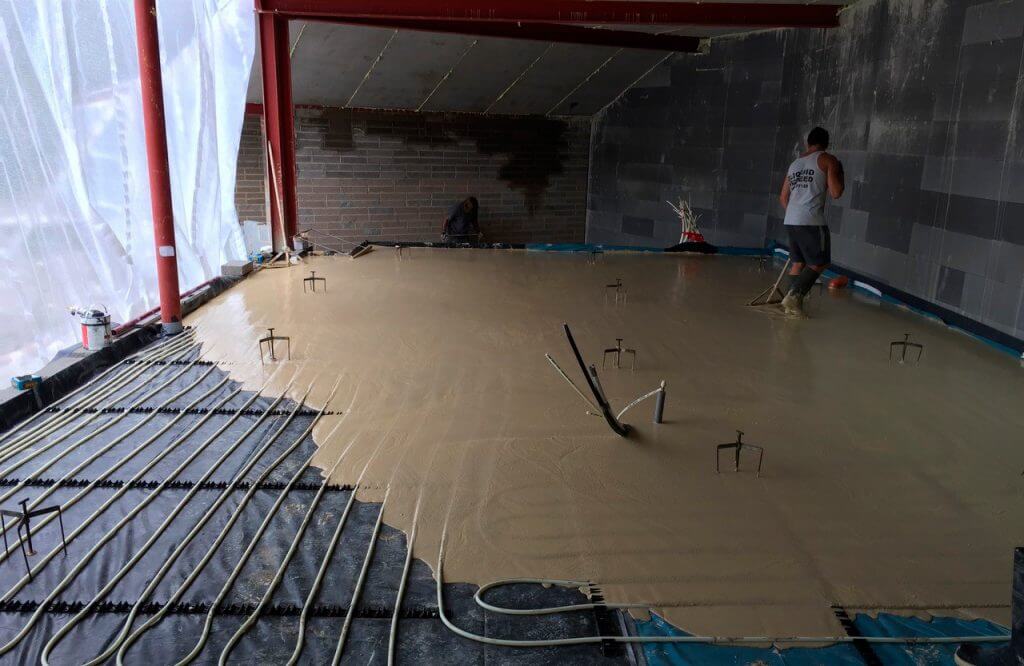

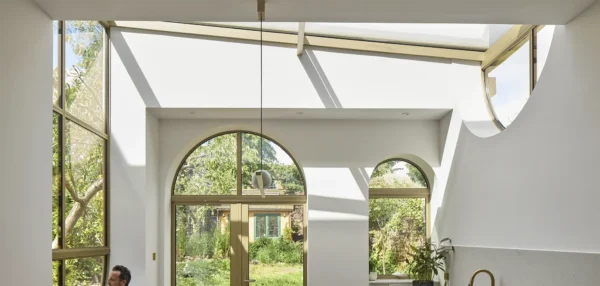
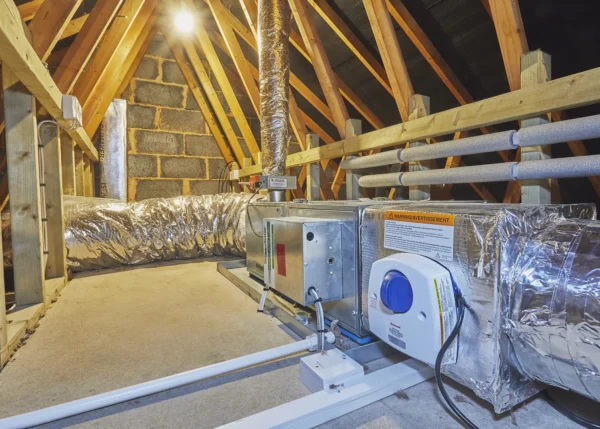

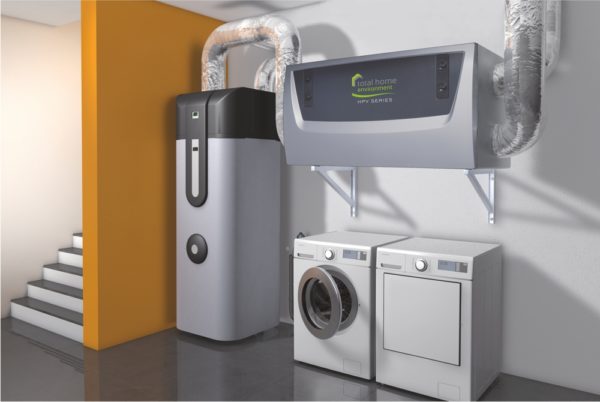

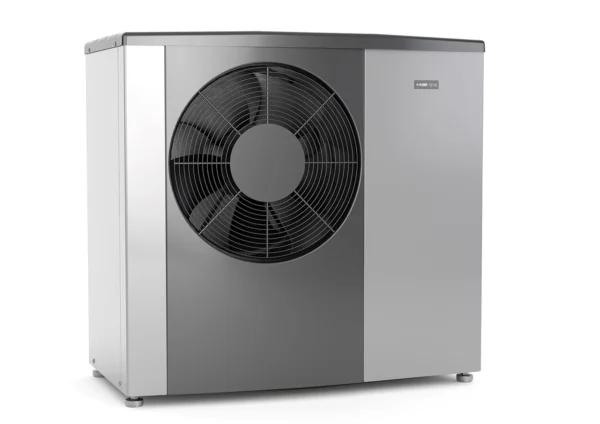
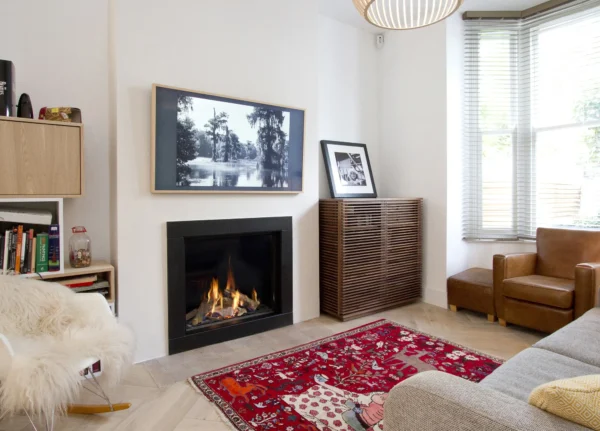




Comments are closed.